Ding Ding.
A bell chimes as the train leaves the station at the Denver, Colorado International Airport to make its way to Union Station. Some travelers are weary, and some are energized for the adventure that awaits. Meanwhile, train personnel walk up and down the train to ensure all have a ticket with the correct information on it. Whether those travelers leave the train at one stop or another, or they board another train with a transfer, the train ticket is paramount to get to where you want to go. In my case, my destination was the Construction Progress Coalition 2022 AEC Integration Summit that took place at the Hotel Kimpton Born, just a few steps away from Union Station.
Like the train transportation system, the building asset supply chain in a construction project can appear on the surface to function in a comparable way. However, it is not that simple in practice, as I have explored further while participating in the Summit as a primary stakeholder, representing the building product manufacturer (BPM) for the MEP component team.
Coming from a background of working for a building product manufacturer for almost a decade, I grew very much accustomed to not just processes but dealing with complexity, or as I like to say, “rolling with the punches.” I worked at the intersection of many distinct groups to support the real-life product as it existed in various software platforms for design purposes such as successful BIM implementation. BIM content itself is a digital asset, and quality matters with the help of supported processes in a supply chain. I learned so much from everyone I interacted with and found immense joy in making connections from various places. The ”train ticket” for me was (and still is) in the data.

Visuals
Enter the Common Data Exchange (or CDX, for short). According to the Construction Progress Coalition’s website, the “Common Data Exchange (CDX) is a framework for project stakeholders to communicate interoperability rules and requirements between two or more parties. CDX is not a standard, per se, but a visual representation of workflow and data exchange requirements between supply chain parties.” (Wood, Common Data Exchange (CDX)).
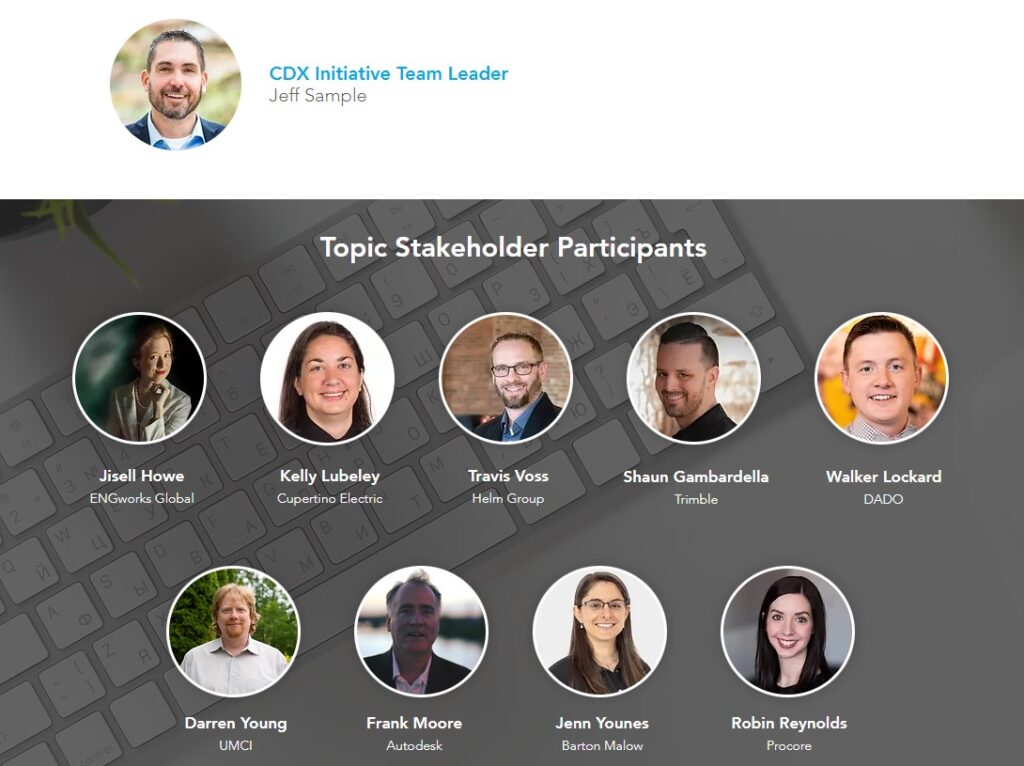
Here is what I love about the Common Data Exchange concept.
The fact that it is more focused on visual representation of a workflow is so refreshing. I have been a huge fan of mind maps, concept maps, and other forms of visual thinking for years. I even wrote an article about my experience in using visual mind maps in the November 2020 issue of AUGIWORLD magazine.
The flexibility in displaying information in a more open way for different situations allows me to focus more on conveying ideas than on how to format them. It also helps us get away from the “we’ve always done it this way” trap if a certain situation calls for something different. That does not mean there is not a form of a structure though. The CDX framework used at the 2022 AEC Integration Summit included magnets and stickers with specific symbols representing documents, databases, current state, future state, connections, people doing certain activities, and more. Everything down to the actual sticky note color had a reason and meaning.
The framework was there in visual symbols, but the actual idea conveying activities was flexible because all team stakeholders could move things around, write in words, and add lines and connections wherever it made sense on a large whiteboard. This proved to be extremely helpful because what is interesting between manufacturing and construction is that sometimes the same words can mean very different things to people in different roles. In an industry where there are so many buzz words and acronyms, any sort of clarity on what we are talking about would be greatly helpful!
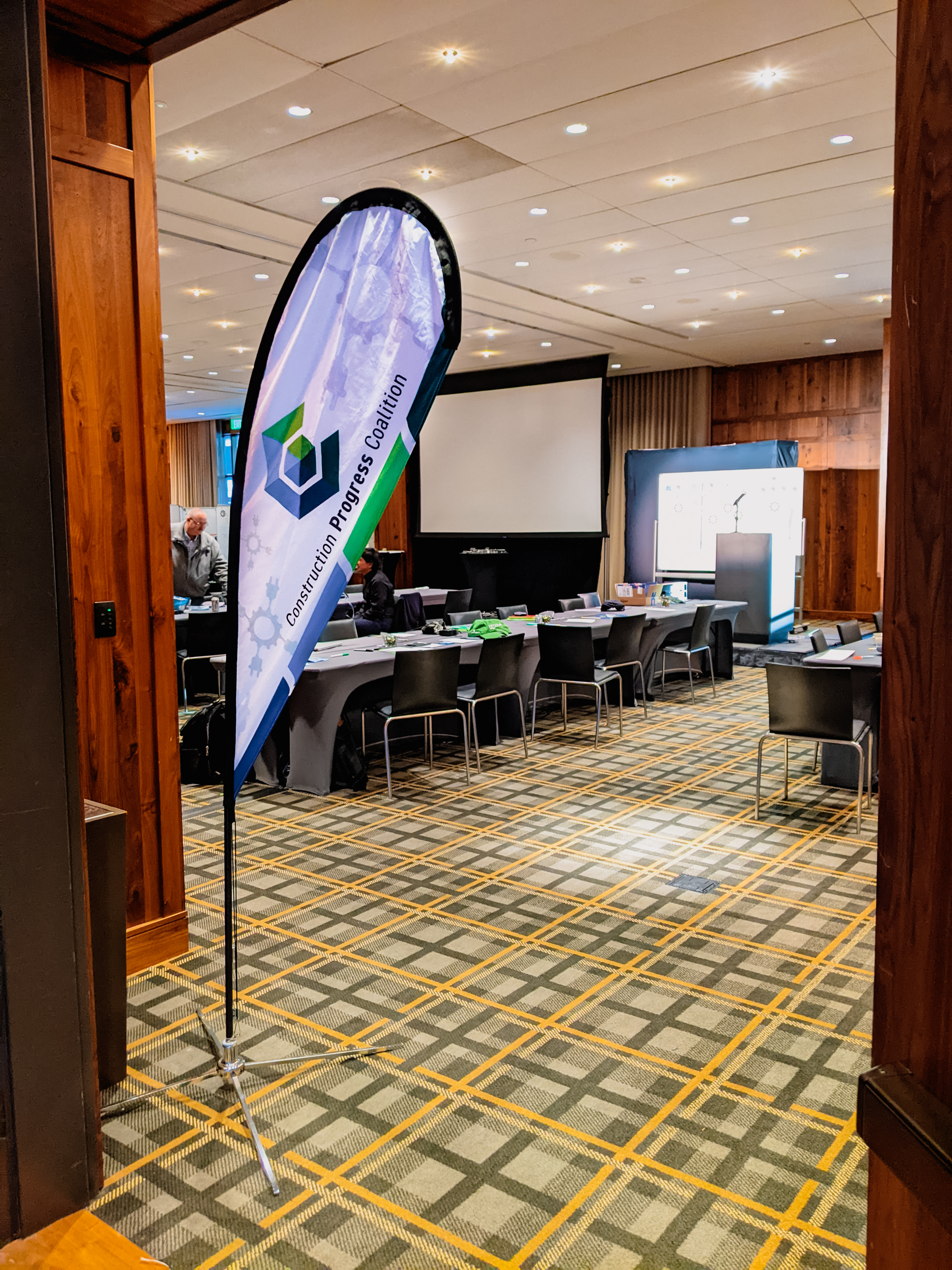
Linguistics
This brings me to the next thing I enjoyed about collaborating with the team at the Summit. The facilitation of such an event really made us question everything down to the actual words we were using in the problem statement and what we were hoping for in the outcome. Yes, we even broke out the thesaurus and dictionary on a few occasions!
The objective for the MEP component team looks like this, but I can tell you after working with the group that it does not necessarily mean that words are set in stone. Word choices really do matter and solving the most complex problems comes with asking the right questions in the first place.
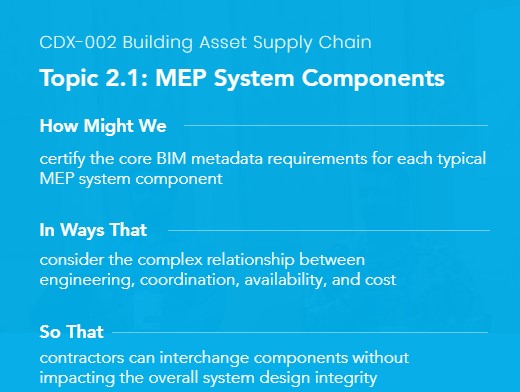
Perspectives
People may say that they enjoyed an event, a group, or otherwise because of the “like-minded” individuals. I think, in this case, the only “like-minded” part is in a common goal to improve things across the entire industry.
This event was full of different perspectives that can result in perceptions being different from intentions and contextual realities that are different but valid.
A great visual often used in Systems Thinking is the story of “The Blind Men and the Elephant.” Essentially, the story goes on to describe how each person approached a different part of the elephant and concluded something different about it. This story illustrates those individual perceptions, while true and valid for that individual, can lead to miscommunication and conflict if we are not careful because it is not the full context (Saxe, 2015). Participating in the 2022 AEC Integration Summit gave us an opportunity to explore the context of our MEP System Component “elephant.”
Put in another way, the summit allowed us to put the strengths of generalists and specialists to work. Naturally, the book “Range,” by David Epstein validated my experience in deliberately choosing to be more of a generalist and a connector in a world where specialization and depth in one specific domain are favorable (Epstein, 2019). However, when we are not careful, silos of data develop, duplicate and manual efforts take place, and trust is low. The thing is, I think solving our greatest problems involves both generalists and specialists. Those who can see connected things that others do not see can influence remarkable things across an entire industry. And on the same coin, the depth is also appreciated in producing actual steps to implement the future state.
Actions
This leads me to the last thing (at least at the time of writing!) that I enjoyed while taking part in this summit. While there may have been many earnest efforts over the years to standardize things and to share perspectives on panels, one thing that is so crucial to making things stick is the actual follow up and next steps. The train needs to keep moving, or else we go nowhere. It can be so easy to state an idea and not have an action tied behind it to make it to the future state. Mind you, the future state is more about the journey, not necessarily the destination. The status quo can persist despite our best efforts at the moment. That is a tough reality for many to admit.
Those who participated in the Summit now have an opportunity to turn a moment into momentum.
That momentum is what will help us all serve those we are trying to reach, no matter what our role is in the industry.
I am so honored to have had the opportunity to represent ENGworks Global while participating in this Summit as a building product manufacturer stakeholder. The experience of working with so many other “connectors” in the industry was valuable beyond measure. I learned so much and look forward to future discussions. While this post got into more of the overall experience, I am looking forward to the documented digital white paper summaries of team findings and follow-up action items from the Construction Progress Coalition.
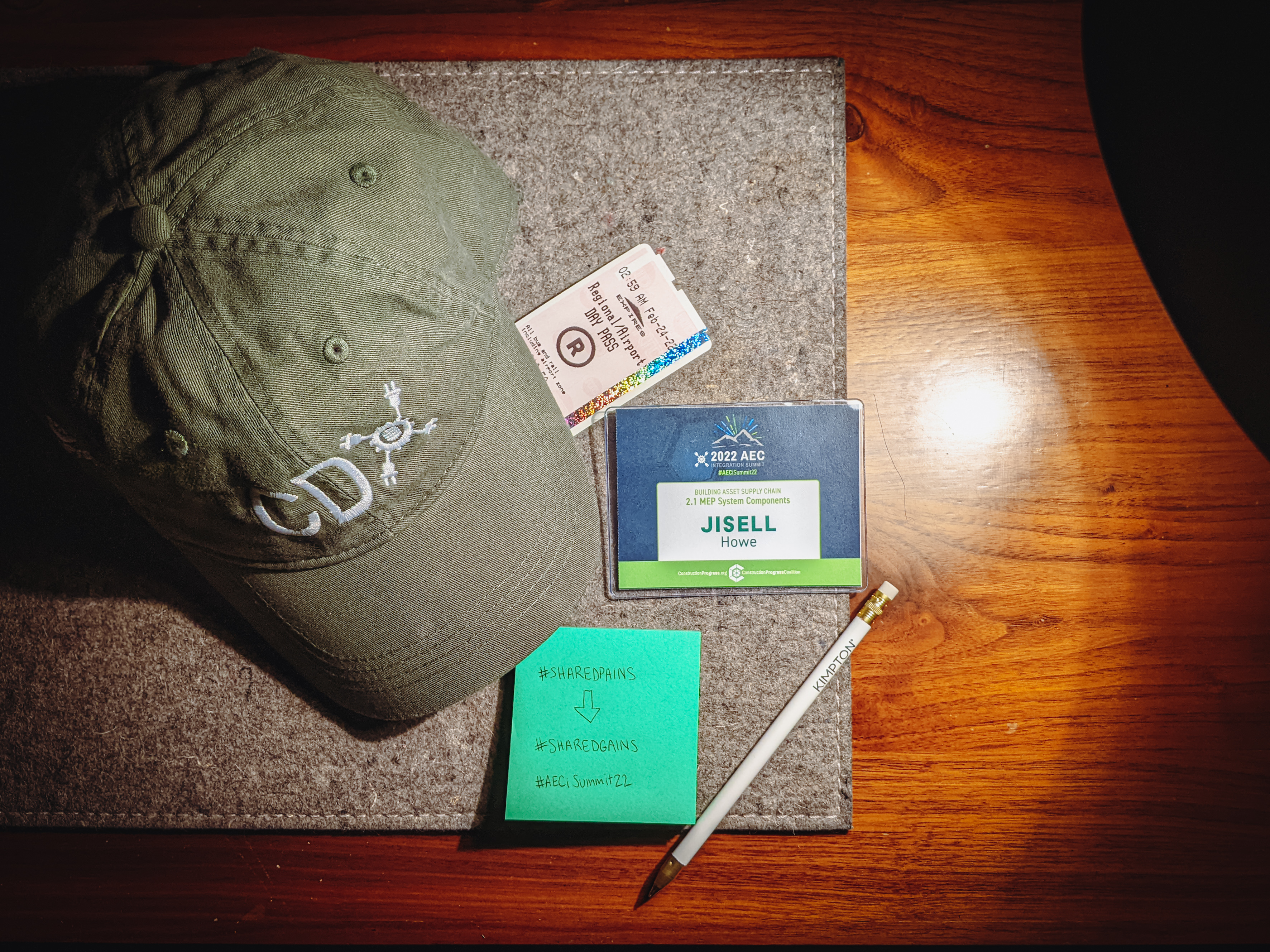
To learn more about the Construction Progress Coalition and their initiatives, please visit their website. Also, to learn more about ENGworks Global and what we do to serve our clients in the industry, please contact info@ENGworksGlobal.com.
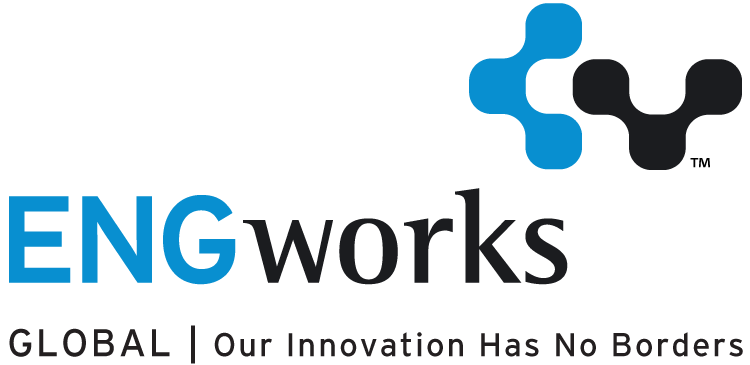
Sources Cited:
Epstein, D. (n.d.). Range: Why generalists triumph in a Specialized World. David Epstein. Retrieved February 28, 2022, from https://davidepstein.com/the-range/
Saxe, J. G. (2015, November 19). The Blind Men and the Elephant. The Systems Thinker. Retrieved February 28, 2022, from https://thesystemsthinker.com/the-blind-men-and-the-elephant/
Wood, N. (n.d.). Common Data Exchange (CDX). Construction Progress Coalition – Common Data Exchange. Retrieved February 28, 2022, from https://www.constructionprogress.org/cdx
The ENGworks Global Team

Please also connect with us on our social media platforms below to stay up to date with our announcements.




